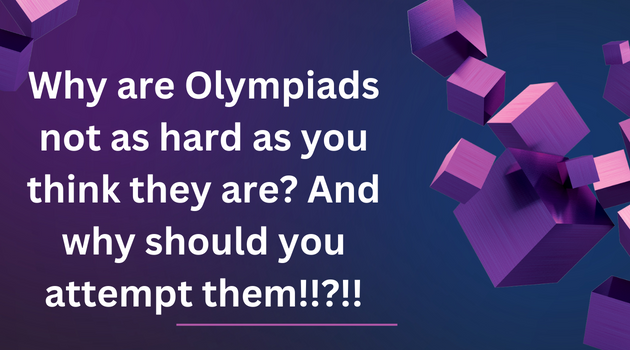VISUALIZING SOLID SHAPES - ESSENTIAL POINTS
- There are three types of shapes:
- One dimensional shapes: Shapes having length only. Example: a line.
- Two dimensional Shapes: Plane shapes having two measurements like length and breadth. Example: a polygon, a triangle, a rectangle, etc. generally, two dimensional figures are known as 2-D figures.
- Three dimensional Shapes: Solid objects and shapes having length, breadth and height or depth. Example: Cubes, cylinders, cone, cuboid, spheres, etc.
- Face: A flat surface of a three dimensional figure.
- Edge: Line segment where two faces of solid meet.
- Vertex: A point where three of more edges meet.
- Prism: A polyhedron whose bottom and top faces (known as bases) are congruent polygons and faces known as lateral faces are parallelograms. When the side faces are rectangles, the shape is known as right prism.
- Pyramid: A polyhedron whose base is a polygon and lateral faces are triangles.
- Polyhedron: A three-dimensional figure whose faces are all polygons.
- Base: The face that is used to name a polyhedron.
- Euler’s formula for any polyhedron is F + V – E = 2, where F stands for number of faces, V for number of vertices and E for number of edges.
- 3D objects have different views from different positions.
- Mapping: A map depicts the location of a particular object/place in relation to other objects/ places.
- A map is different from a picture. Symbols are used to depict the different objects/places.
- There is no reference or perspective in a map. Maps involve a scale which is fixed for a particular map.
- Convex Set: The line segment joining any two points on the surface of a polyhedron entirely lies inside or on the polyhedron. Example: Cube, cuboid, tetrahedron, pyramid, prism, etc.


